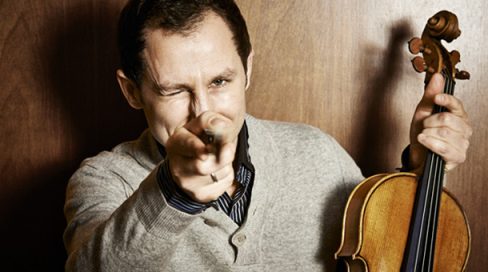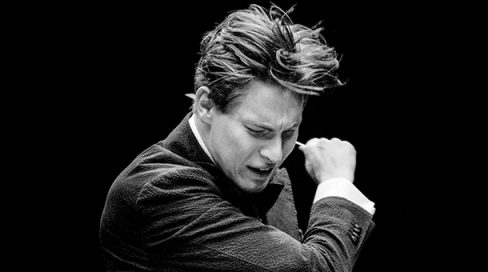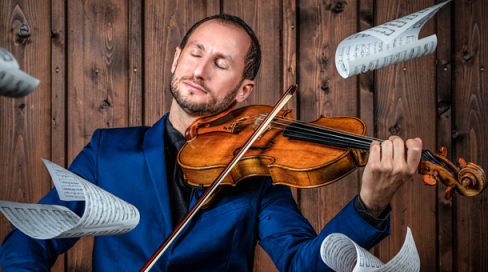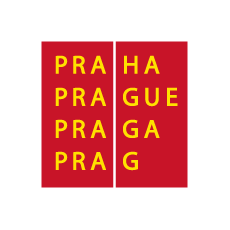New works help me push the limit of my technique
Antoine Tamestit Artist-in-Residence of Prague Spring Festival 2023
Antoine Tamestit Artist-in-Residence of Prague Spring Festival 2023
In music circles there are all kinds of clichés and jokes doing the rounds on the subject of violas and violists. The notion of the viola’s status as an “inferior” instrument and of musicians who “weren’t talented enough to learn to play the violin” is so widespread and so engrained that it still lingers to this day; and this at a time when great names associated with the viola are conquering the world, and its repertoire is suffi ciently comprehensive, technically developed and of major consequence. Yet the viola is a wonderful instrument with an enchantingly melancholic, darkened tone, as described back in the late 19th century by poet Karel Hlaváček:
My viola having tuned down low as deep as I am able
I softly sing along to it by evening late, dark, sable
A player keen of pensive, sombre, grey moods,
I want to have the strange magic of old ironic ballads…
For the time being the viola can’t compete with the violin or piano in terms of its popularity. All the more worthy, therefore, is the Prague Spring’s aim to draw attention to the viola and to make the instrument a focal point of the upcoming festival programme. For the fi rst time in the history of the Prague Spring, the International Music Competition will concentrate on the viola; the festival’s Artist-in-Residence will be French violist Antoine Tamestit, a regular guest at prestigious venues, top soloist with the most distinguished European orchestras, and renowned chamber musician and recital performer, who has made an impressive series of recordings of traditional and innovative works for major labels.
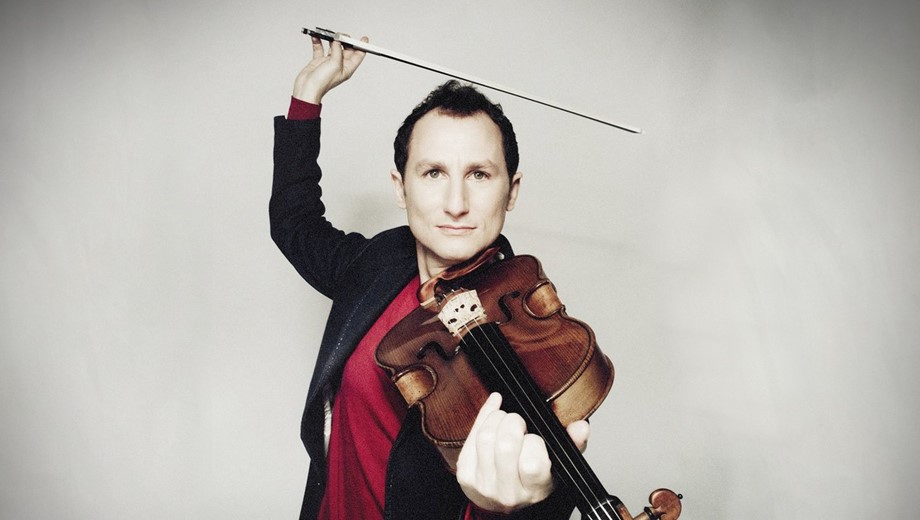
Soloist, chamber musician and Chairman of the Jury
Antoine Tamestit, who performs on an instrument crafted by Stradivari in 1672, will appear at the Prague Spring in several roles. Together with the Czech Philharmonic under Klaus Mäkelä he will take up the solo part in one of the key works of the viola repertoire dating from the latter half of the 20th century, Alfred Schnittke’s Viola Concerto (17. 5). With pianist Cédric Tiberghien he will present a colourful programme of music by German Romantics Franz Schubert and Robert Schumann, and by English composers from various periods – John Dowland, Benjamin Britten and Rebecca Clarke (20. 5); he will then team up with violinist Isabelle Faust for an equally appealing confrontation of earlier music (Wolfgang Amadeus Mozart, Monsieur de Sainte-Colombe) and historicising works by 20th century classics György Kurtág and Bohuslav Martinů (21. 5). In addition he will preside over the jury for the Prague Spring viola competition; all seven violists who are invited onto the jury are also coming together on the concert platform for a special festival concert (13. 5.).
Antoine Tamestit was born in Paris in 1979 as the son of composer Gérard Tamestit. He began to play the violin as a child yet, after hearing Bach’s Cello Suites, he desired an instrument with a deeper tone. His teacher recommended that he try the viola; Tamestit fell in love with it and has remained loyal to the instrument to this day. He studied in Paris and Berlin with Jean Sulem, Jesse Levin and Tabea Zimmermann, he took part in major competitions and collected one award after another: he won the ARD International Music Competition, the William Primrose Competition and the Young Concert Artists Competition; he also won BBC Radio 3’s New Generation Artist award, the Borletti- Buitoni Trust Award, and the young artist’s prize presented by Credit Suisse.
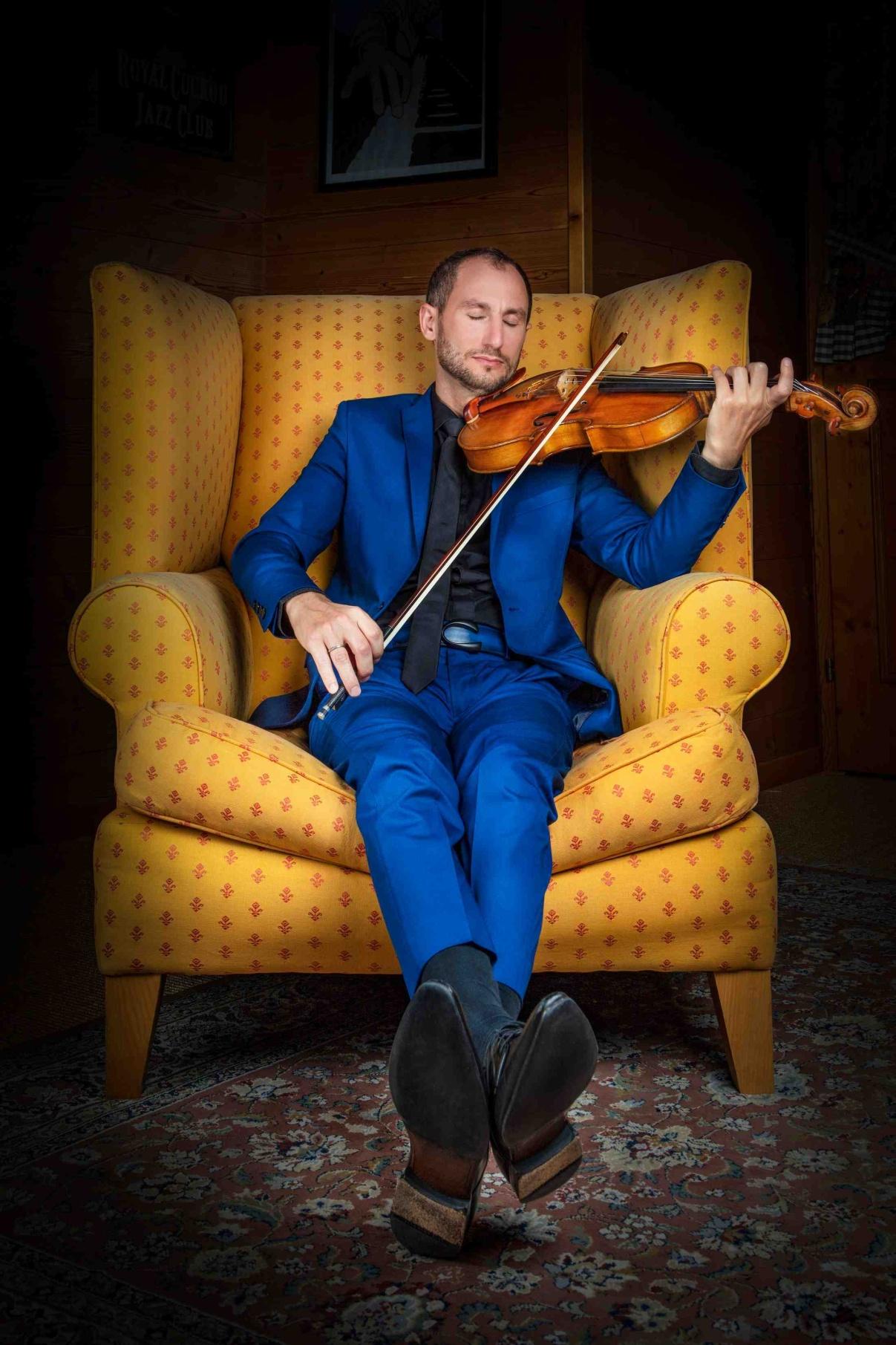
At the Prague Spring competition, however, Tamestit will now be standing “on the other side of the barricade” as head of the jury, whose members also include Tabea Zimmermann, Kristina Fialová, Garth Knox, Pavel Nikl, Cynthia Phelps and Lars Anders Tomter.
He had this to say about the jury and their assessment criteria: “It’s wonderful that we have managed to assemble this international jury – a reliable line-up of renowned violists of supreme ability; these are the world’s fi nest violists, involved in a variety of activities, they come from different cultures, they have various educational backgrounds and are of different ages. They are soloists, chambre musicians or orchestral players, excellent teachers with extensive experience, people from all corners of the globe and from the Czech Republic. I think that we will be very fair-minded, that we will have diverse views of the competitors, which is the best way to fi nd gifted young players. It was also important to put together a suitable programme which would moreover present a challenge: diffi cult in terms of virtuosity, lyricism, and sound quality, the quest for new tone colours, different styles, from the Baroque to contemporary music – all this so that we see how the candidates adapt themselves to playing in an orchestra with a conductor or without one, with piano accompaniment, as a soloist…”
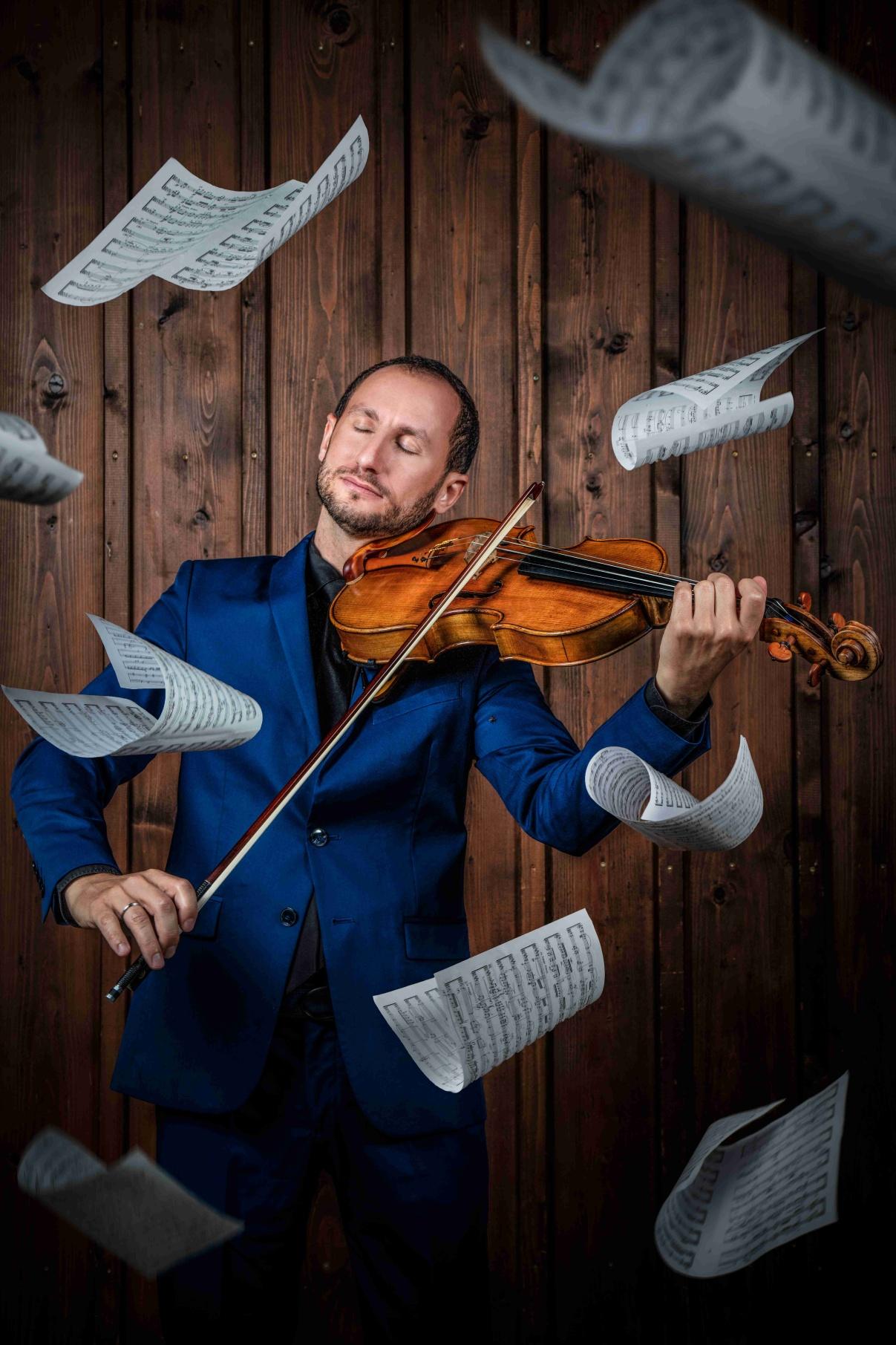
Tailor-made
The mainstay of the solo viola repertoire is 20th century music. Nevertheless, Tamestit is aware of the need for brand new works. His collaboration with leading contemporary composers is a reciprocal challenge – a challenge for the author, who has at his disposal a performer of practically unlimited potential, and it’s also a challenge for Tamestit to allow these possibilities to be shaped by the compositional objectives. “I’ve always been interested in working with living composers”, he says. “You can ask them questions about what was going through their mind when they wrote their music. With their eyes, gestures and words they can explain every note, which is so interesting. Not all composers are talkative, but it’s fascinating to try to unveil what’s going on in their minds. New works help me push the limit of my technique. You can’t always imagine how much is possible until a composer moves the boundaries of height, speed or sound. Then you try and realise it is possible. You discover a palette of colours and techniques that you didn’t know you had, which helps you in other music. I advise viola students to do this as early as possible. We are lucky now because more and more compositions are being written, so we don’t need to commission all the time – it’s also good to look at existing modern pieces and reinterpret what has already been performed.”
One of the hitherto most important and most successful works written specially for him is Viola Concerto by German composer and clarinetist Jörg Widmann, who was Prague Spring’s Artist-in-Residence in 2021. Tamestit presented the world premiere of the concerto in 2015 with the Orchestre de Paris under conductor Paavo Järvi and, in addition to further performances with a series of foremost European orchestras, he also recorded the piece on CD with the Bavarian Radio Symphony Orchestra under Daniel Harding for the prestigious label harmonia mundi. The recording was selected as Editor’s Choice by BBC Music Magazine and in 2019 it won the top award in the same publication.
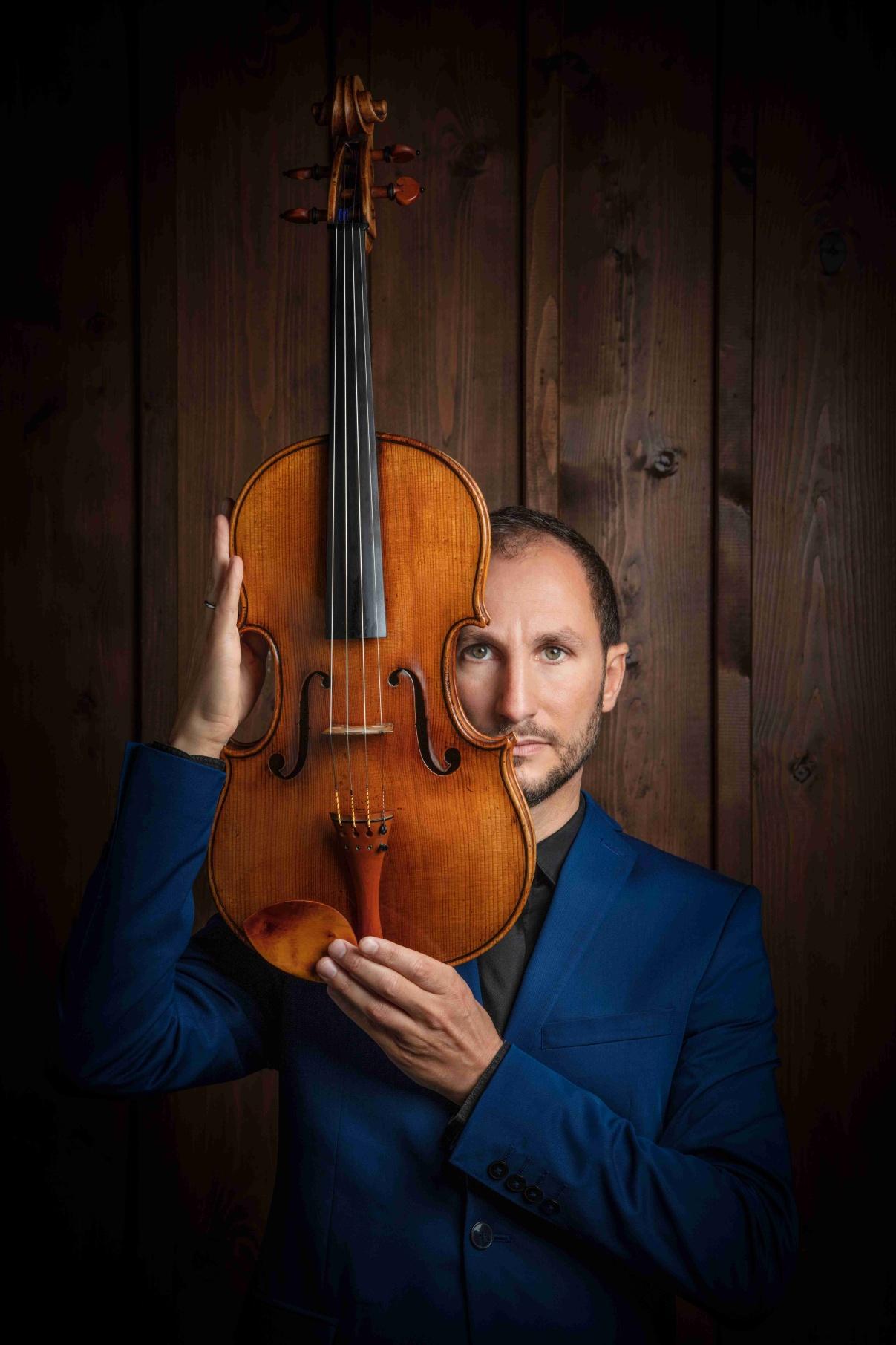
Widmann’s concerto was “tailor-made” for Tamestit: conscious of the violist’s expressive eloquence on the concert platform, he extricated him from the traditional, static role of the soloist standing before an orchestra and wrote instructions into the part, which required Tamestit to move about the stage, undertake a quasi-acting role and even to deliver a speech.
Other world premieres and premiere recordings associated with Tamestit include La Nuit des Chants by Thierry Escaich (2018), Concerto for Two Violas (2009), written for him and Tabea Zimmermann by French composer Bruno Mantovani, Remnants of Songs… an Amphigory (2009) and Weariness Heals Wounds I (2014) by Austrian composer Olga Neuwirth, and the piece Sakura, which was penned for him by his father, Gérard Tamestit. One should also mention the fact that Sofi a Gubaidulina, legendary composer of Tatar origin, reworked her Viola Concerto for him in 2015, the original version having been written almost two decades previously for Yuri Bashmet.
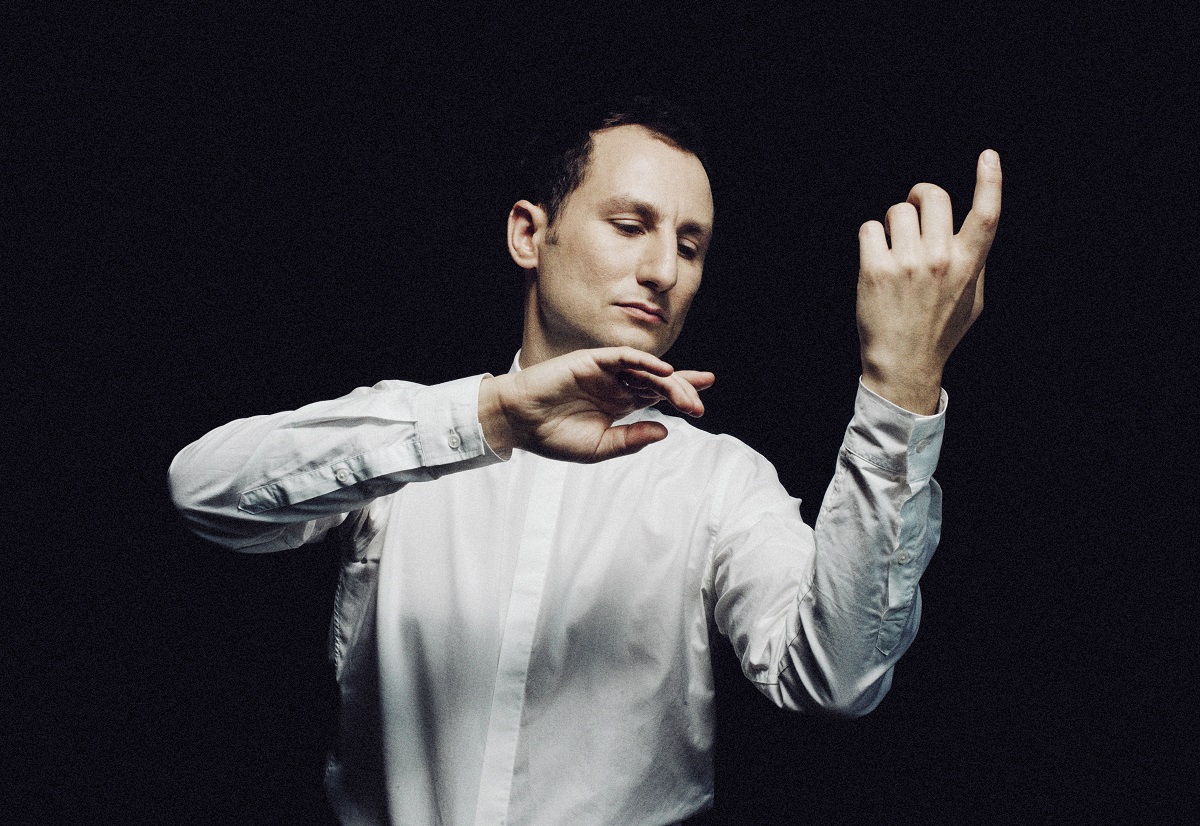
Schnittke, Schubert and Mozart
At the Prague Spring we will hear Tamestit in Viola Concerto by Alfred Schnittke (1934–1998), a contemporary of Sofi a Gubaidulina. Schnittke completed the work – also written for Bashmet – in 1985, during his high polystylistic period. The eternal struggle between good and evil, pervasive in Schnittke’s music, is here rendered as something without a shimmer of hope, which seemed to prophesy the composer’s tragic fate: shortly after completing the concerto he suffered his fi rst stroke – a family legacy. “I first studied Schnittke’s concerto for the Munich competition in 2004,” Tamestit remembers. “It was very specific, because I was preparing for it with minimal pedagogical supervision. I received a few insights from Tabea Zimmermann and Yuri Bashmet, but in general I tried to fi nd the key to this work on my own. I thought about every detail, every phrase, every movement, and about what I wanted to express through them, thereby endeavouring to reveal who Schnittke really was and what he, himself, wanted to say through this profound, powerful work, which tells of pain, sorrow, despair, of the struggle with these feelings, and the struggle to fi nd one’s place in the world…”
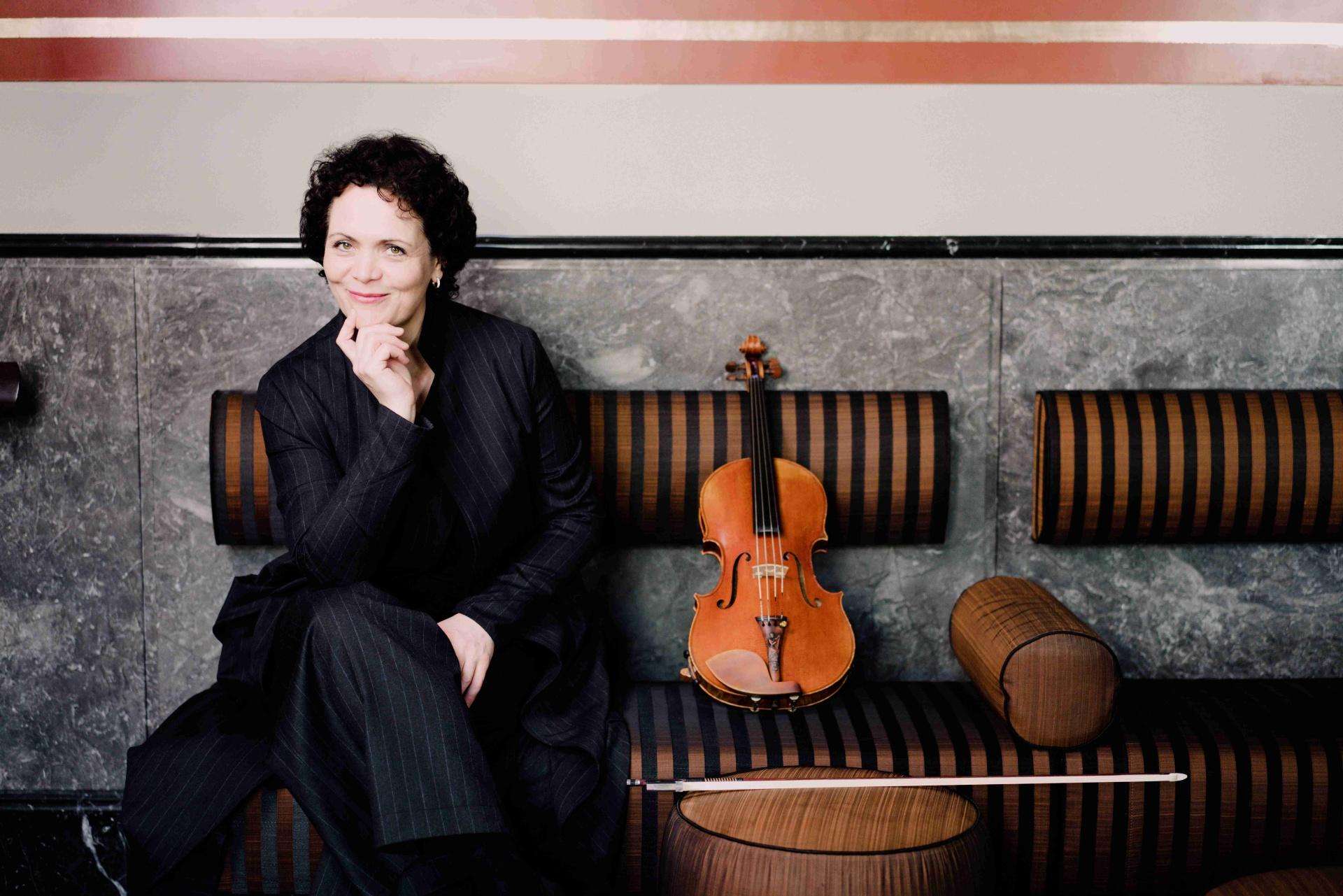
In February 2017 Antoine Tamestit teamed up with pianist Cédric Tiberghien to record his fi rst title for harmonia mundi, Bel Canto: The Voice of the Viola, the product of a friendship and artistic collaboration of many years founded on a shared perspective on music, which visitors to the Prague Spring will experience for themselves. The fi rst half of the duo’s recital will comprise two famous works by German Romantics – Franz Schubert’s Arpeggione and Robert Schumann’s Märchenbilder; the second half devoted to English music will serve – in Tamestit’s words – as a symbolic reminder of two outstanding British violists from the past, Englishman Lionel Tertis and Scotsman William Primrose, who both inspired a number of composers. “We will be performing Britten’s Lachrymae, inspired by Baroque and Renaissance music, transported to the contemporary world; the audience will certainly be surprised how close music of the 17th and 20th centuries can be. We will also be presenting Sonata, written by Rebecca Clarke, herself a fi ne violist. Her piece is possibly the most fundamental in our repertoire: it is an imposing fresco, a masterpiece which lasts 35 minutes and allows both the viola and the piano to come into their own, revealing the breadth of their possibilities; the work draws on Debussy’s Impressionism (Clarke herself was sometimes nicknamed Madam Debussy), on early music and also on English and Irish folk melodies.”
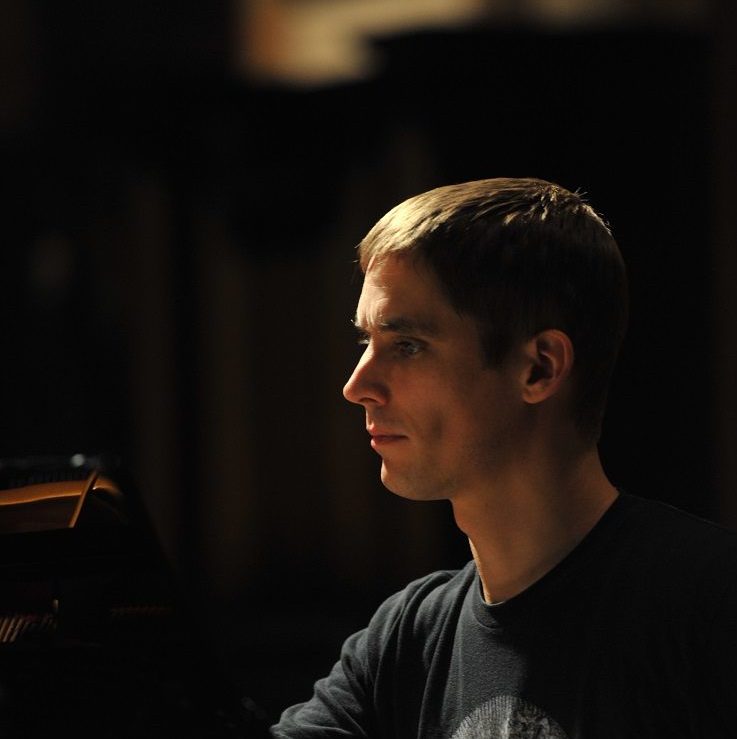
Antoine Tamestit has also been working regularly with violinist Isabelle Faust. Together they have played Mozart’s Sinfonia concertante, and with other musicians they have performed Schumann’s piano quintet and piano quartet, and they plan to get together for Schubert’s chamber music and Schönberg’s Verklärte Nacht. “We’re working on numerous projects where we try to grow closer to one another musically, we learn from one another and inspire each other. Isabelle has an exquisite, sensitive way of playing and a unique sound; she, herself, is truly inspirational,” says Tamestit. Their joint repertoire also includes two Mozart duets, which they will present at the Prague Spring. “The remainder of the programme we hope will be a surprise for the audience,” Tamestit adds. “We journey to the Baroque to visit the lesser known French composer and viola da gamba player Monsieur de Sainte-Colombe, teacher of the more famous Marin Marais. De Sainte-Colombe probably didn’t perform or write for large audiences or for the court, he was more of a maverick. Even though this is early Baroque music, we will hear dissonance and improvisational moments that sound very modern; it’s powerful music. We have also chosen short pieces by György Kurtág, which always surprise our audiences, since Kurtág writes in what is essentially a highly Romantic manner, like Schumann perhaps, but he uses the tone-colour effects, harmonies and techniques of contemporary music. We are delighted that we’ll be playing Three Madrigals by Czech composer Bohuslav Martinů, written for the duo Joseph and Lillian Fuchs during his stay in America. In a way it’s American music yet it doesn’t deny the infl uence of the culture and landscape of the country Martinů came from. It’s amazing to observe the way in which Martinů was inspired by the cultural environment he had entered, and it’s wonderful to feel that culture brings an opportunity to travel, to encounter other cultures and to blend with them.”

During the 2022/2023 concert season, which also sees Tamestit taking up residence at the Prague Spring, this exceptional artist will also be appearing in Bach recitals in Japan, in Widmann’s concerto with the Cleveland Orchestra, along with numerous performances of Mozart’s Sinfonia concertante with Isabelle Faust, John Eliot Gardiner and the English Baroque Soloists, collaboration with Paavo Järvi and Tonhalle-Orchester Zürich (Berlioz’s Harold in Italy), and he will also be travelling on a European tour as part of a duo with Isabelle Faust and in a trio with Martin Fröst and Shai Wosner.
Vítězslav Mikeš


